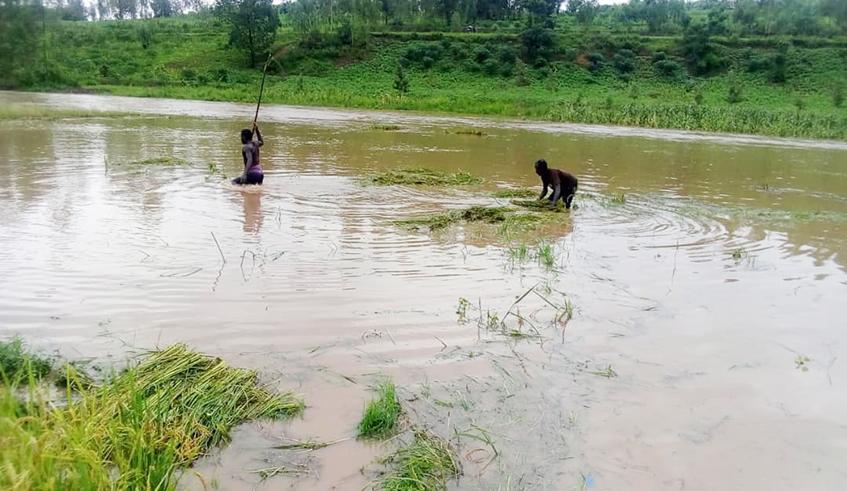Africa-Press – Rwanda. A $6 million project is set to build the country’s capacity to plan and implement climate change adaptation initiatives.
The four-year National Adaptation Planning Process Project aims at increasing the capacity of the government, private sector and communities to plan, fund, implement and monitor climate change adaptation across the country.
The new investment will increase access to up-to-date climate information, including climate projections and risk assessments.
It will integrate climate change adaptation into sectoral development planning and budgeting processes, mobilise funds for adaptation and undertake long-term research on adaptation interventions.
Juliet Kabera, Director General of Rwanda Environment Management Authority said that Rwanda is highly vulnerable to the impacts of climate change and therefore building adaptation is timely.
According to the study dubbed “Economics of climate change in Rwanda” the future economic cost could be equivalent to a loss of almost 1 percent of GDP every year by 2030.
“We are already experiencing the devastating impacts of extreme weather events. The ambitious project will support a government-wide planning approach for adapting to climate change. It will ensure Rwanda is more resilient to floods, drought and other dangers by developing clear policies and strategies that protect people, property and our environment,” she said in a statement.
The three major components of the project include technical and institutional capacity building for the National Adaptation Planning Process, advancing climate-resilient technologies and practices as well as monitoring, reviewing and knowledge sharing.
She said the intervention will also scale up agroforestry, intercropping and the stabilising of plantation verges with vegetation at the Shagasha Tea Estate in Rusizi District.
River in Nyagatare District through the restoration of riparian vegetation and the reforestation of upstream catchment areas along with silvo-pastoralism to strengthen livestock production and increase forest coverage.
Drought resistant tree species
Agroforestry alongside Ibanda-Makela Natural Forest in Kirehe District will also be carried out using drought resistant tree species to reduce soil erosion, she added.
The 169-hectare forest is home to several types of wild animals such as monkeys, snakes, chimpanzees, wild pigs, antelopes, leopards and birds as well as 124 tree species.
In two decades, it had been severely degraded, losing 80per cent of its original size.
“National planning processes can deliver results on the ground, with strong leadership, country ownership, links with existing initiatives and new priorities, and alignment with the country’s development objectives,” added Jessica Troni, Senior Programme Manager and Adaptation Portfolio Manager at United Nations Environment Programme.






